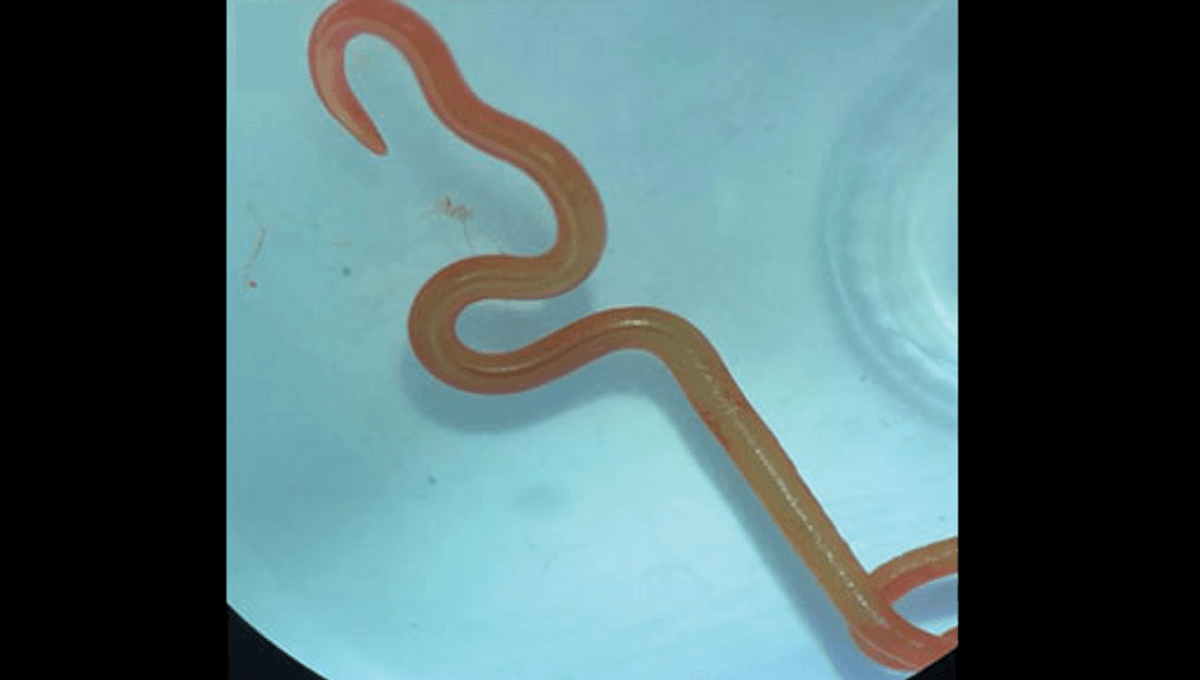Prepare to be amazed by the incredible story of the roundworm Ophidascaris robertsi. This Australian native is no ordinary parasite. It’s commonly found in carpet pythons, but what happened when it infected a human is truly extraordinary.
According to Sanjaya Senanayake, an infectious disease expert and co-author of the study, the roundworm’s larvae are typically found in small mammals and marsupials, which are then consumed by pythons, allowing the parasite’s life cycle to continue. However, this case is different.
A woman from southeastern New South Wales became the first documented human to be infected with O. robertsi. But that’s not all – it also invaded her brain, a first for any mammal. Her symptoms included abdominal pain, diarrhea, night sweats, and a dry cough. Scans revealed lesions on her lungs, liver, and spleen, but the cause remained a mystery.
Over the course of 18 months, the woman underwent various treatments, but her condition only worsened. Eventually, an MRI scan of her brain revealed an unusual lesion in the right frontal lobe. The neurosurgeon’s reaction? “Oh my god, you wouldn’t believe what I just found in this lady’s brain – and it’s alive and wriggling.”
Yes, you read that right. A live worm was discovered in her brain. It’s the stuff of nightmares, and definitely not something you want to hear in an operating theater.

Now that the unwelcome visitor in the woman’s brain was identified, her other symptoms started to make sense. The medical team suspected that worm larvae were present in her lungs and liver as well. However, since this parasite had never been known to infect humans, standard tests failed to detect it.
So how did this snake parasite end up in a human brain? The woman often foraged near a lake for a native grass called warrigal greens, which she used in her cooking. It’s likely that an infected carpet python had shed parasite eggs in its feces in the lake, and the woman unknowingly became infected through contact with the contaminated greens.
While this is the first recorded case of O. robertsi infecting a human, other species of Ophidascaris have been found in snakes around the world. This highlights the ongoing threat of zoonotic infections, where diseases jump from animals to humans.
Fortunately, the patient is now recovering after treatment, although she will continue to be closely monitored. Senanayake expressed admiration for her resilience, stating, “It is never easy or desirable to be the first patient in the world for anything.”
This incredible case study has been published in Emerging Infectious Diseases.








